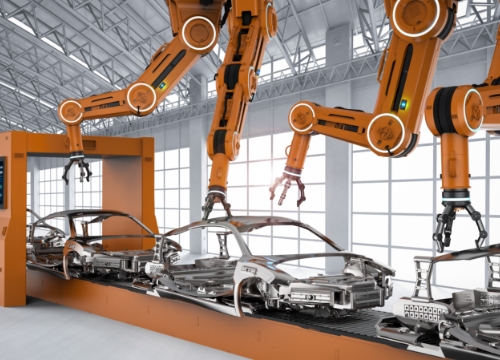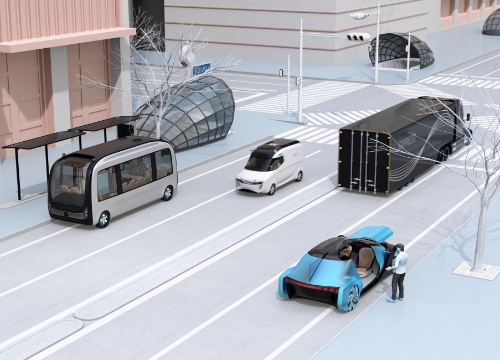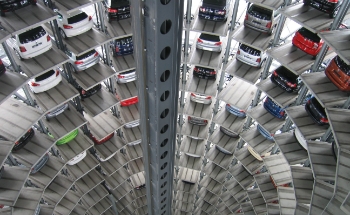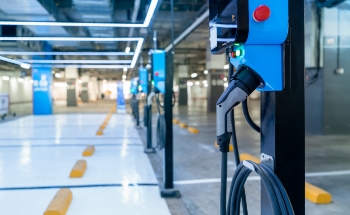Transformation of automotive industry


Since one decade our experts deal with the transformation of the automotive industry, starting with an analysis commissioned by the German Bundestag leading to the book publication on the Seven Challenges the German Automotive Industry is Facing (2014, only in German), which also provides for strategic choices the industry will have to make before 2030.
Drivers of the transformation of the automotive industry result from technological innovations, supply- and demand side changes as well as from regulation. Technological innovations enable the introduction of new electrified drivetrain technologies stimulated by fast decline of battery costs, the emergence of successful all-electric competitors and the regulation setting CO2-Standard for new road vehicles in particular in Europe. Digitalisation, automation and innovative manufacturing solutions provide for innovations re-shaping the industrial production processes. At this end M-Five has analysed the value chains of manufacturing the Lithium-Ion-Batteries (LiB) and of light-weight materials potentially used by the automotive industry.
A successful transition to electric mobility was hampered during the 2010+ decade by limitations of three of the drivers: cost of high energy batteries were prohibitive, there was no supply of a broad variety of electrified vehicle models and the demand was limited to highly ambitious first mover users. With the start of the new decade in 2020 the situation drastically changed: the number of offered electrified models multiplicated, battery capacity and electric range increased substantially at moderate cost and investment in public charging infrastructure is extended. These were key elements of our dynamic EV market scenarios analysed in our national study on sustainable mobility as well as in our analysis on the market potentials of electrified truck. Our analysis of the German economy (only in German) revealed that growth and jobs impacts of the automotive transition would be between neutral and slightly positive highlighting that with consistent and strategic design of change management the transition would be beneficial for the industry and the overall economy.
Automated, connected and autonomous driving constitutes another relevant driver of the industry transformation. At this end as well the initial steps of the transformation are taken, the legal framework for automated driving is established and first vehicles enabling level 3 automation are available on the market. M-Five has analysed the impacts of connected and automated driving (CAD) at European level and has assessed the employment impacts of CAD scenarios for the EU Member States until 2050. Automated driving may also reduce energy consumption and greenhouse gas emissions (GHG) of road transport. GHG reduction of automated driving was assessed by our analysts. In both studies the impact of new mobility services belonged to the analytic tasks carried out by M-Five.







